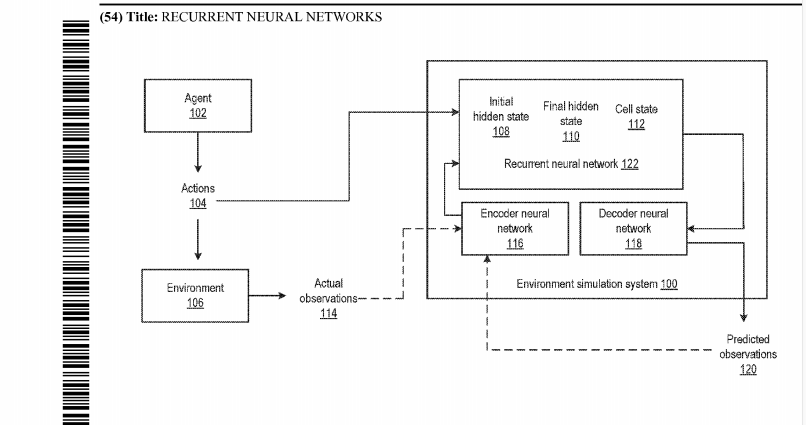Introduction
Personal injury lawsuits are constantly evolving, and recent changes have shifted the landscape of this legal field. In the latest news, we’ve seen new developments related to tort reform, punitive damages, class-action lawsuits, and the impact of technology on litigation processes. These are all crucial aspects shaping the future of personal injury law.
Tort Reform and Legislative Changes
Tort reform is a hot-button issue that continues to gain traction across various states. Recent legislative changes are modifying the face of personal injury law by capping non-economic damages, limiting attorney fees, and influencing statutes of limitations. These reforms have created both opportunities and challenges. While critics argue that they restrict victims’ access to fair compensation, supporters believe they prevent excessive lawsuits and reduce insurance costs. The debate remains active, with a critical need for balanced laws that preserve the rights of both victims and defendants.
Punitive Damages: A New Perspective
Punitive damages have traditionally been awarded in personal injury cases as a form of punishment to the defendant and a deterrent for others. However, in recent news, courts are becoming more conservative about awarding these damages, leading to considerable discussions. This change appears to stem from a growing concern about disproportionate penalties, which could negatively impact businesses. Nonetheless, punitive damages remain a significant component of personal injury law, and their application is under renewed scrutiny, seeking a balance between deterrence and fairness.
The Rise of Class-Action Lawsuits
The landscape of personal injury law is witnessing a surge in class-action lawsuits. These cases often involve large corporations alleged to have caused harm to many individuals, often through defective products, environmental harm, or corporate negligence. Recent news highlights this growing trend, with a series of high-profile cases attracting widespread media attention. These cases can be a powerful tool for plaintiffs, leveraging the strength of collective action and encouraging corporations to take responsibility for their actions.
Technological Advances in Personal Injury Law
In the modern era, technology plays a pivotal role in personal injury law, especially during the COVID-19 pandemic. Remote hearings and depositions via video conferencing have become the norm, and new tools like predictive analytics and artificial intelligence are revolutionizing case preparation. Additionally, digital platforms for sharing documents and communication have made legal processes more efficient, leading to faster resolutions. These advances have expedited case proceedings and made the court system more accessible to many.
Conclusion: Navigating the Changing Landscape
The latest news in personal injury law demonstrates a rapidly changing landscape. With the recent trends towards tort reform, changes in punitive damage judgments, a rise in class-action lawsuits, and technology’s role in litigation, it is an exciting time for the personal injury law field. As these developments continue to unfold, they will undoubtedly have significant implications for both plaintiffs and defendants. The challenge lies in navigating these changes, ensuring fair treatment and justice for all parties involved.
Political science experts see a trend away from the executive office of governor or president guiding tort law in 2023 and beyond with executive orders. Instead, both state legislatures and Congress have taken a major hand in crafting legislation that makes it easier to file for disability. The same holds true with Parliament in Ottawa. While at the same time making it harder to file so-called ‘frivolous’ disability lawsuits.













